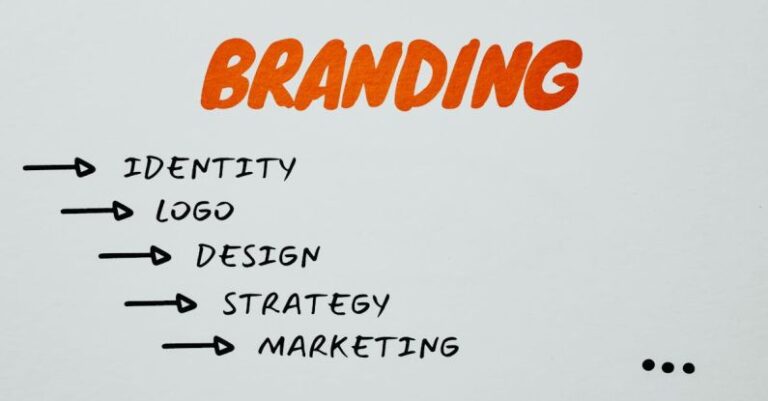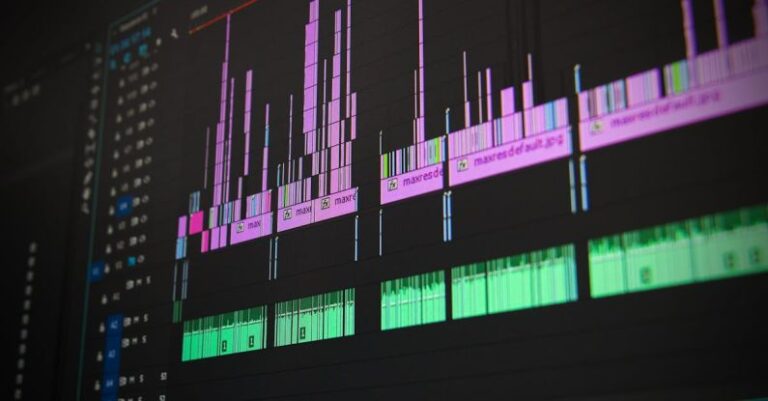How Can Motion Graphics Be Used in User Interfaces

In today’s digital age, user interfaces play a crucial role in shaping the overall user experience. Motion graphics have emerged as a powerful tool to enhance user interfaces and make them more engaging and intuitive. Integrating motion graphics into user interfaces can significantly improve usability, create visual interest, and convey information more effectively. Let’s delve into how motion graphics can be effectively utilized in user interfaces to enhance user experience.
Enhancing User Engagement
One of the primary benefits of incorporating motion graphics into user interfaces is their ability to enhance user engagement. Motion graphics can capture users’ attention and guide them through the interface in a more interactive and dynamic way. By adding movement to elements such as buttons, transitions, and animations, users are more likely to stay engaged and actively interact with the interface.
For example, subtle animations can provide feedback to users when they interact with buttons or other elements, giving them a sense of responsiveness and interactivity. This can create a more enjoyable and immersive user experience, ultimately leading to increased user engagement and retention.
Improving Usability
Motion graphics can also improve the usability of user interfaces by providing visual cues and guiding users through different actions and processes. For instance, animated tutorials or walkthroughs can help users understand how to navigate the interface and perform specific tasks more effectively.
By incorporating motion graphics, designers can communicate complex information in a more digestible and visually appealing way. This can help reduce cognitive load on users and make it easier for them to understand the interface’s functionality and features.
Creating Visual Interest
Incorporating motion graphics into user interfaces can also help create visual interest and make the interface more visually appealing. Animations, transitions, and effects can add a layer of sophistication and creativity to the interface, making it stand out and leave a lasting impression on users.
Dynamic elements such as loading animations or background effects can add personality to the interface and make it more memorable. By leveraging motion graphics creatively, designers can capture users’ attention and create a unique and immersive user experience.
Conveying Information Effectively
Motion graphics can be used to convey information more effectively and efficiently in user interfaces. By using animations and visual effects, designers can draw attention to important elements, highlight key messages, and communicate complex concepts in a clear and engaging manner.
For example, animated infographics can help users understand data and statistics more easily, while interactive elements can encourage users to explore content and interact with the interface. Motion graphics can be a powerful tool for storytelling, enabling designers to engage users and convey information in a compelling and memorable way.
Enhancing Brand Identity
Integrating motion graphics into user interfaces can also help enhance brand identity and create a cohesive and consistent user experience. By incorporating brand colors, logos, and visual elements into animations and transitions, designers can reinforce brand recognition and strengthen brand loyalty among users.
Motion graphics can be used to evoke emotions, convey brand values, and create a unique brand identity that resonates with users. By incorporating motion graphics strategically, designers can create a seamless and immersive brand experience that sets the interface apart from competitors.
Incorporating motion graphics into user interfaces can significantly enhance the overall user experience by improving engagement, usability, visual interest, information conveyance, and brand identity. By leveraging the power of motion graphics creatively and strategically, designers can create interfaces that are not only functional but also visually stunning and engaging. By embracing motion graphics as a design tool, designers can elevate user interfaces to new heights and deliver exceptional user experiences that leave a lasting impact.





